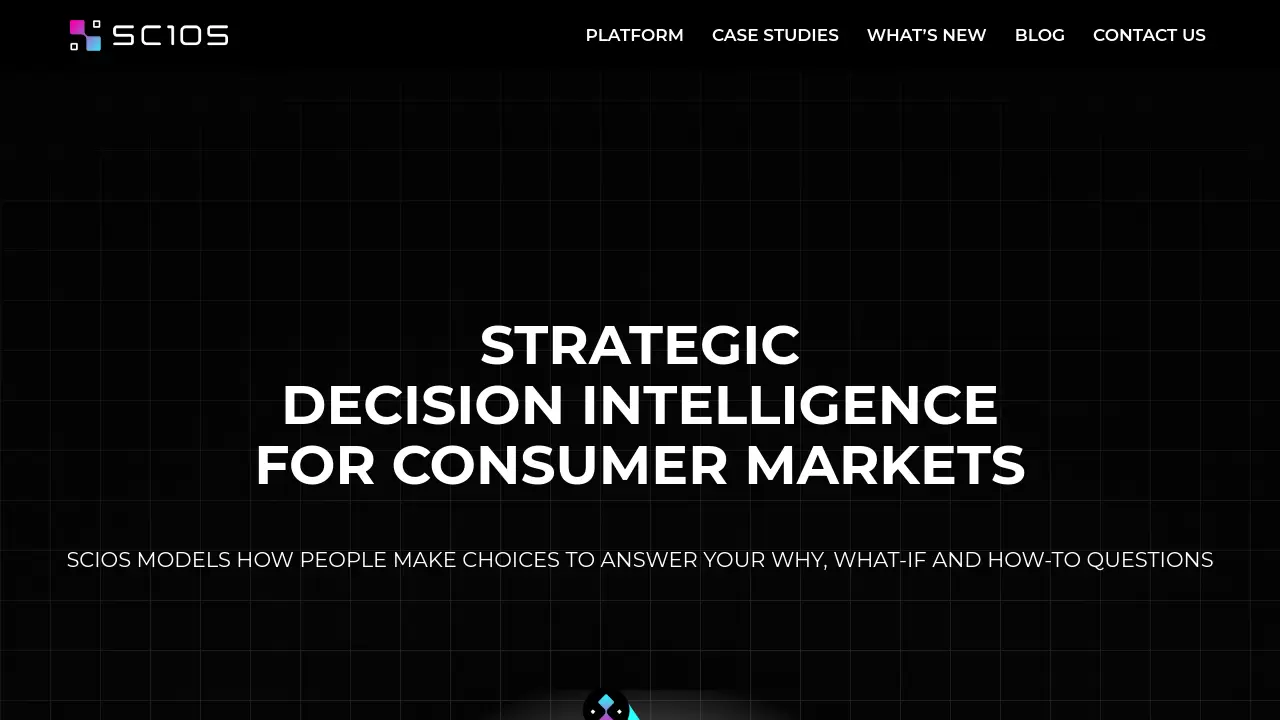Scios
Strategic Decision Intelligence for Consumer Markets

Description
Scios offers strategic decision intelligence specifically tailored for businesses operating within consumer markets. It employs a human-centric AI platform, grounded in behavioral economics research, to accurately model how individuals make choices. By creating digital twins of consumers and utilizing predictive models, Scios enables organizations to explore market dynamics effectively.
The platform allows businesses to test various strategic scenarios, such as product launches, pricing adjustments, and marketing campaigns, within a risk-free virtual environment. This capability provides deep customer understanding and foresight into potential outcomes, empowering organizations to make swift, data-backed decisions with increased confidence, thereby enhancing strategic planning, execution, and overall market competitiveness.
Key Features
- Predictive Model-as-a-Service: Governed self-service models based on behavioral economics for predictive and prescriptive analytics.
- Digital Consumer Twins: Accurate virtual representations of consumers to augment predictive models and calibrate decision systems.
- Human-Centric AI Collaboration: Provides explainable outcome-to-cause narratives to build trust and promote system adoption.
- Risk-Free Scenario Testing: Experiment with diverse strategic options (product launch, pricing, marketing) in a digital market twin.
- Multi-Source Data Harmonization: Integrates various data sources and research into a unified digital twin environment.
Use Cases
- Optimizing product launch strategies.
- Designing competitive product features.
- Improving product experience to drive growth.
- Quantifying the financial impact of purpose-driven strategies.
- Defining unified strategies balancing sales goals and brand health.
- Optimizing budget allocation to achieve revenue goals.
- Identifying effective marketing messages for market share growth.
- Analyzing the sales impact of pricing changes.
- Developing optimal marketing investment strategies.
- Implementing strategies to decrease customer churn.
- Assessing marketing touchpoint effectiveness.
- Evaluating the long-term brand health effects of promotions.